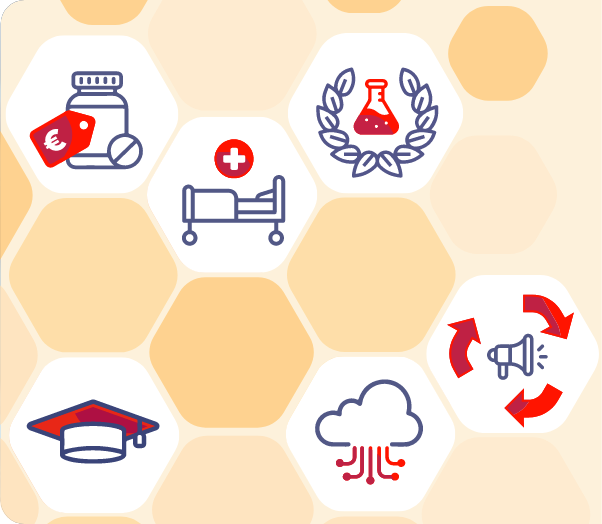In the past decade, there has been significant progress in understanding sex- and gender-based differences in cardiovascular diseases (CVD). However, this knowledge remains scattered across medical literature, highlighting the need for a centralized platform accessible to healthcare professionals, scientists, policymakers, and patients. The IMPRESS consortium aims to establish a knowledge platform focused on gathering, summarizing, and prioritizing existing knowledge related to sex- and gender-specific aspects of CVD. This initiative seeks to promote the implementation of existing knowledge into clinical practice, identify knowledge gaps, and inform policymakers about areas requiring additional attention.
In substantial portions of women with symptoms of myocardial ischemia, obstructive disease in the epicardial coronary arteries is absent. Currently, such women undergo multiple diagnostic tests, which do not always result in a conclusive diagnosis. IMPRESS seeks to reduce missed and delayed diagnoses of heart diseases in women, improving cardiovascular care outcomes nationwide. The knowledge platform will serve as a national resource, fostering collaboration and supporting the adoption of sex- and gender-sensitive practices in cardiovascular medicine.
The Research
IMPRESS consolidates existing knowledge, fosters research, and implements findings into practice wherever possible (for example by creating a Decision Support Tool for primary care and for cardiologists). Within the IMPRESS consortium, the following studies are being conducted:
The origin
In the past decade, the understanding of sex- and gender differences in CVD has considerably improved. However, relevant evidence is scattered throughout the medical literature. There is a need to make this information easily accessible to health care professionals, scientists, policy makers and patients. Implementation of existing knowledge in clinical practice will then be promoted, knowledge gaps identified, and policy makers informed on the areas that need additional attention. This is also of high importance to the Dutch Heart Foundation, which therefore funded the IMPRESS consortium; a collaboration between several DCVA partners; the Nederlandse Vereniging voor Cardiologie (NVVC), WCN, Netherlands Heart Institute (NLHI), ZonMw and the Dutch Heart Foundation, supported by the DCVA.

